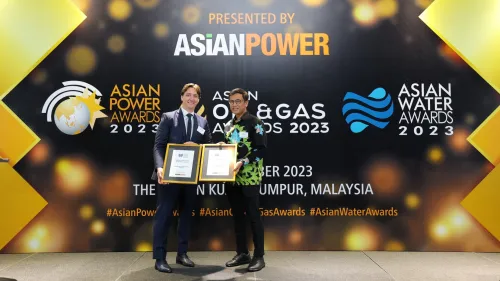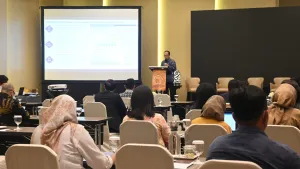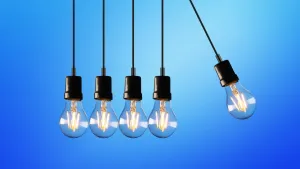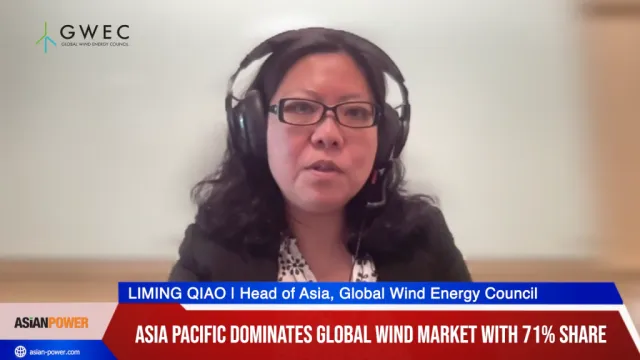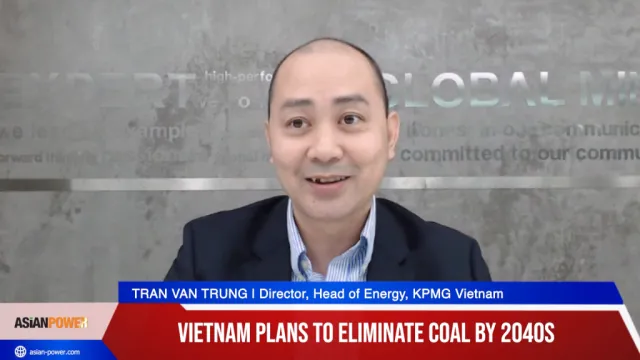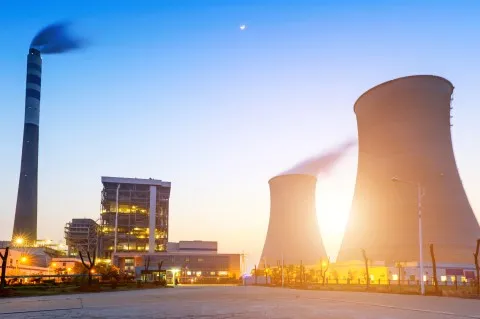
India's nuke capacity predicted to rocket over six-fold to 35.2GW by 2025
Will this replace thermal power by then?
India’s cumulative installed capacity will more than double from 272.8 Gigawatts (GW) in 2014 to 609 GW by 2025, representing a Compound Annual Growth Rate (CAGR) of 7.3%, according to research and consulting firm GlobalData.
The company’s latest report states that while coal-generated thermal power will continue to dominate, India’s renewable and nuclear energy sectors are both set to record impressive growth during the forecast period.
Chiradeep Chatterjee, GlobalData’s Senior Analyst covering power, says that India’s nuclear capacity is expected to increase more than sixfold, from 5.8 GW in 2014 to 35.2 GW by 2025, in a bid to reduce the country’s reliance on coal.
Chatterjee explains: “India’s nuclear energy development strategy has been divided into three stages due to its limited reserves of uranium, which are already being used in existing reactors. The potential for generating power from uranium mined in India has been estimated at 10 GW.
“However, the country has large reserves of thorium, with the result that the transition to breeder reactors that use thorium has been proposed, through this three-stage strategy.”
GlobalData’s report also states that India’s other renewable installed capacity (excluding hydropower) is expected to more than triple from 33.1 GW in 2014 to an estimated 125.9 GW by the end of the forecast period.
Chatterjee continues: “India has significant solar power potential, due to its geographical location near the equator, and the country has outlined clear plans for future energy production from this source.
“One example of a planned solar power project is the multi-phase Jawaharlal Nehru National Solar Mission. Launched in 2010, it set a target of 20 GW of grid-based solar power by 2022 and 2 GW of off-grid capacity for the same year.”
Despite the strong growth of the nuclear and renewables segments, thermal power will remain the dominant contributor to India’s energy mix, with installed capacity forecast to almost double from 188.9 GW in 2014 to 371.6 GW by 2025, according to GlobalData.


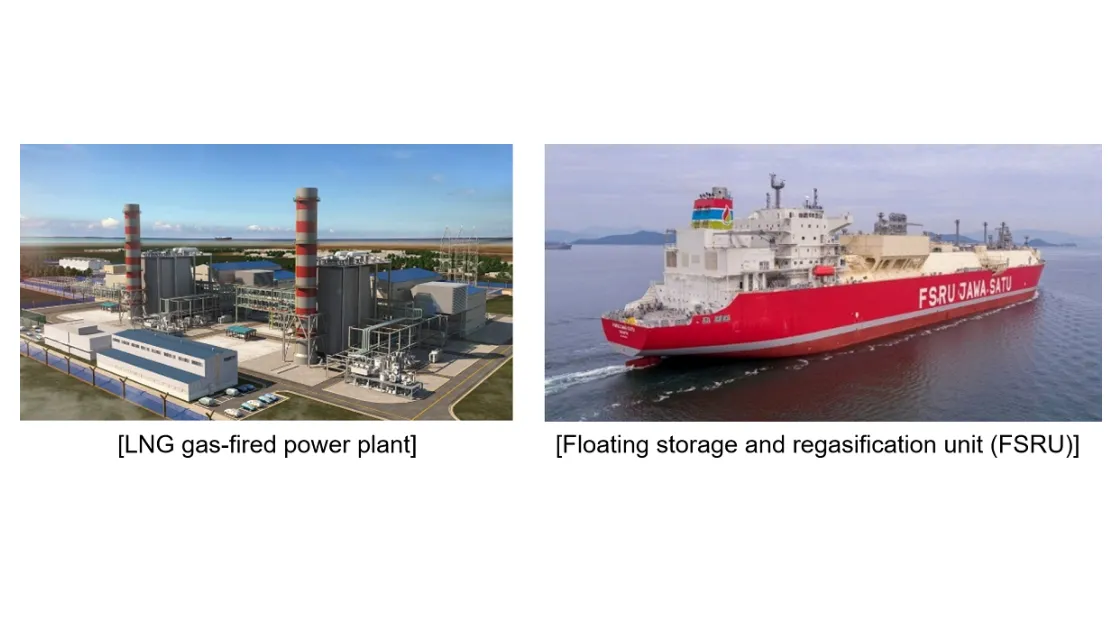
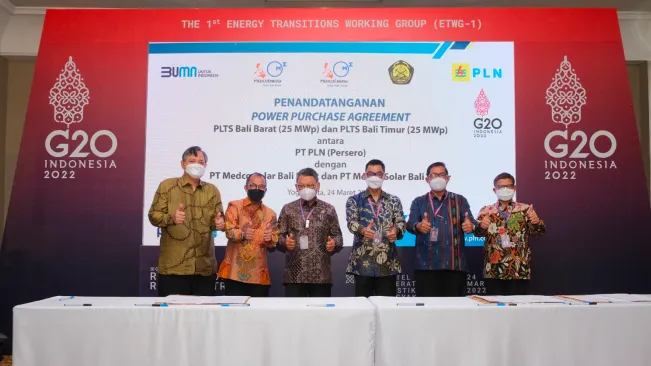
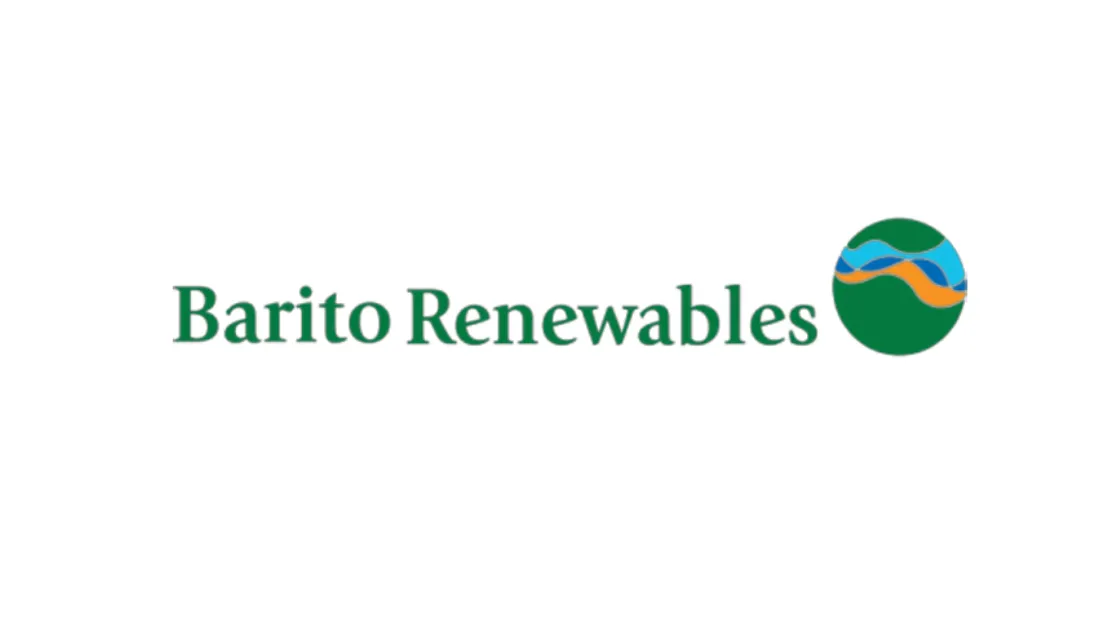




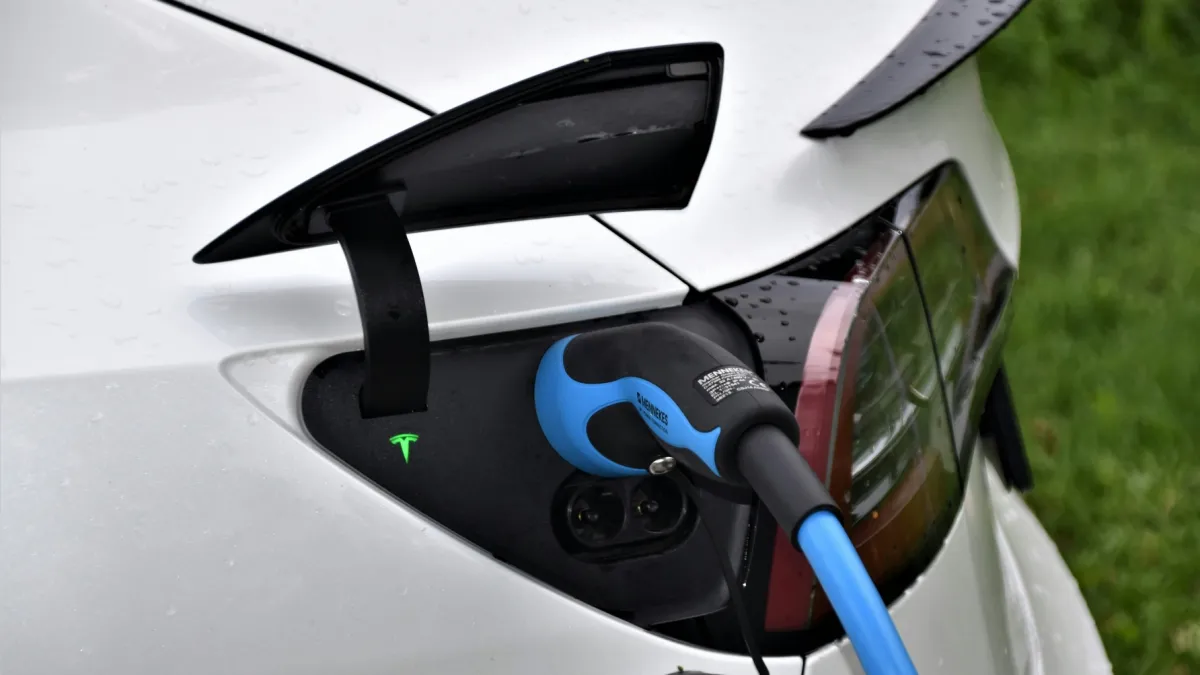



 Advertise
Advertise
